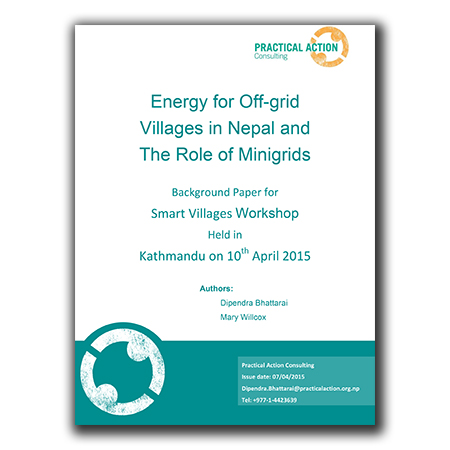SVRG are carrying out this 3 month project with funding from InnovateUK, the UK’s Innovation Agency.

Most of our community development solutions have been powered by clean offgrid solar electricity. Monitoring and controlling these systems can be challenging, as every equipment manufacturer tends to have their own bespoke monitoring and data collection system. This presents 4 main challenges:
- Some require an internet connection and setting up an account via the equipment manufacturer’s website, making it challenging for the local operators to access the data about their own systems
- If we were just installing a standardised system everywhere we worked, this would be easy, and we would have just a single sign-in to access the data for all the components of every system we had installed – however, for a customer/community focussed approach like ours, where we design each system specially to meet particular needs, using whichever piece of equipment is the most appropriate, this might mean having 3 or 4 different accounts on different manufacturers’ websites to collect the data on the systems. To date, we have installed equipment from 8 different manufacturers in the various communities in which we work
- Some manufacturers charge for access to their data analysis and monitoring sites (i.e. you have to pay to get your own data)
- Some equipment does not report data at all!
Being able to accurately monitor the power supply and usage of a system presents further opportunities. Solar systems are generally sized to account for the maximum power requirement, but often during the day, there will be points when customers will use less power, meaning that potential power from the solar panels goes unused and is essentially wasted. In circumstances like this, excess power could be sent to an auxiliary load – our communities have told us a priority for this would be electric water heating. But there is no readily available device that has the functionality to switch this excess supply from solar panels without impacting the main power use, or to be able to control it in a nuanced and intelligent way.
This project aims to develop a product that can:
1. Report on an entire solar system (AC currents, AC voltages, DC currents, and DC voltages), independent of the equipment manufacturer.
2. Divert excess energy directly from the solar panels to an auxiliary load, using historic data and AI algorithms to determine when there is sufficient excess energy.







